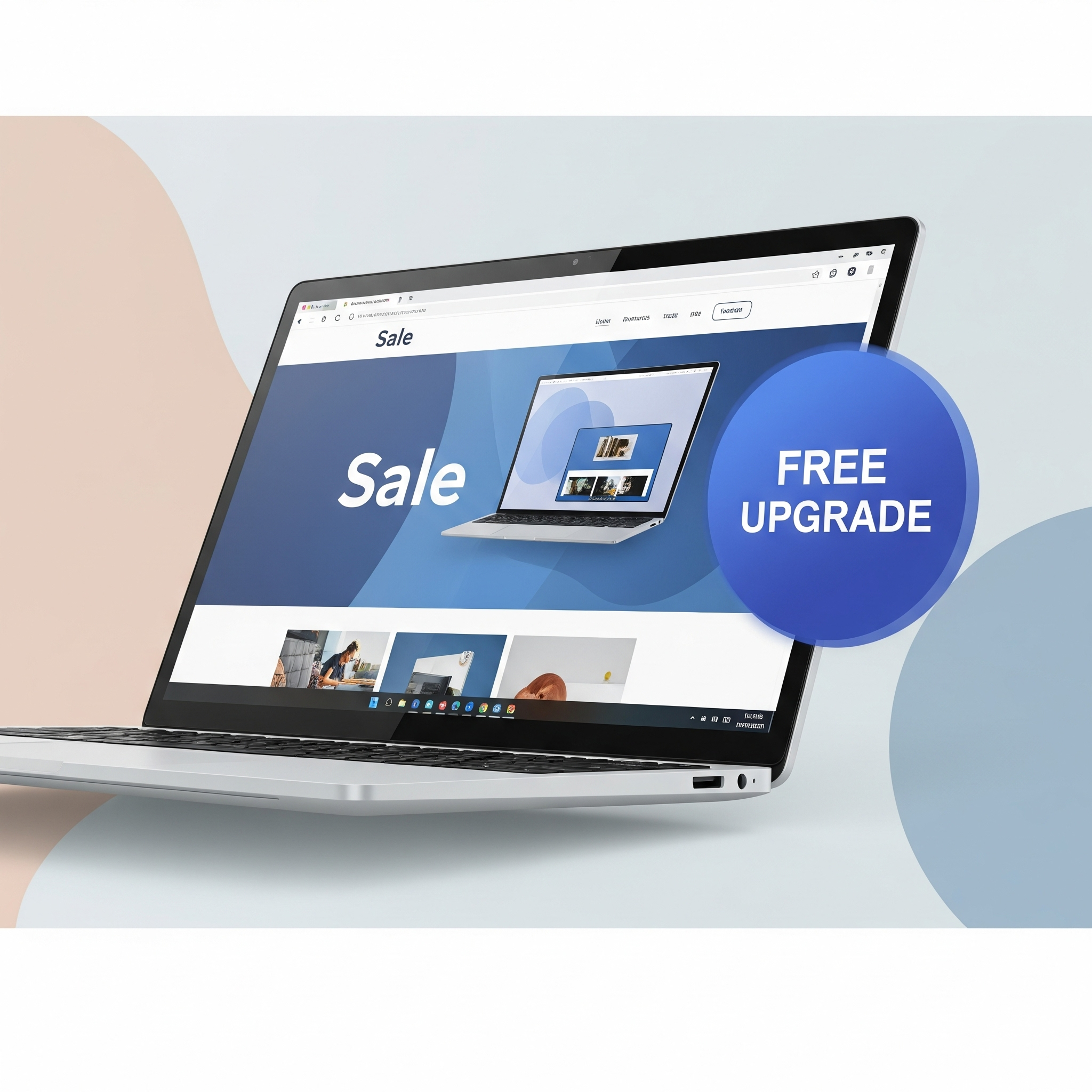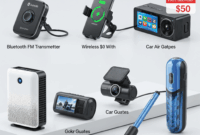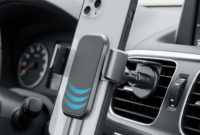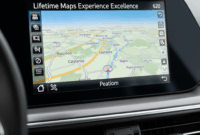Touchscreen laptops combine the functionality of traditional laptops with the intuitive interaction of touch technology. These devices allow users to directly engage with the screen, enhancing productivity and creativity. With features like multi-touch gestures, responsive displays, and stylus support, touchscreen laptops are revolutionizing the way we use computers.
Features and Benefits of Touchscreen Laptops
Touchscreen laptops offer numerous advantages that set them apart from traditional laptops. Key benefits include:
- Enhanced Interactivity: Direct manipulation of the screen allows for a more engaging user experience.
- Versatile Usage: Touchscreen capabilities support various applications, from drawing and design to gaming and productivity tasks.
- Compact Design: Many touchscreen laptops feature a sleek design, allowing for greater portability while maintaining functionality.
Types of Touchscreen Technology in Laptops
Understanding the types of touchscreen technologies can help consumers make informed choices. Common technologies include:
- Capacitive Touchscreens: These are sensitive to touch and support multi-touch gestures, providing a smooth and responsive experience.
- Resistive Touchscreens: Less common in modern laptops, these screens require pressure to register touch, making them suitable for specific applications.
- Active Digitizers: These screens use a stylus for precision, ideal for artists and designers looking for detailed input.
Usability Comparison: Touchscreen vs. Traditional Laptops
When comparing touchscreen laptops to traditional laptops, several factors influence usability:
- Ease of Navigation: Touchscreens allow for more natural navigation, especially for multitasking and accessing applications quickly.
- Creative Input: For artists and designers, touchscreen laptops offer tools that enhance creativity through direct manipulation.
- Learning Curve: While most users adapt quickly, some may find traditional laptops more straightforward, particularly those accustomed to keyboard and mouse setups.
Current Trends in Laptop Sales: Touchscreen Laptop Sale With Free Upgrade Offer
The market for touchscreen laptops is growing rapidly. Current trends indicate increasing consumer interest, driven by advancements in technology and a shift towards remote work.
Market Influences on Touchscreen Laptop Sales
Several factors are influencing the rise in sales of touchscreen laptops:
- Remote Work Adoption: The shift to remote work has boosted demand for versatile laptops that cater to different use cases.
- Educational Needs: Schools and universities are increasingly adopting touchscreen devices for interactive learning.
- Technological Advancements: Innovations in hardware and software are enhancing overall performance and user experience.
Popular Brands and Models
Several brands currently lead the touchscreen laptop market:
- Apple: The MacBook Pro and MacBook Air with Retina Display.
- Dell: The XPS 13 and Inspiron series.
- Microsoft: The Surface Laptop and Surface Book.
Consumer Preferences Statistics
Recent surveys show a growing preference for touchscreen laptops among consumers. Approximately 65% of users prefer touchscreen capabilities for enhanced interaction, indicating a significant market shift.
Free Upgrade Offer Explained
Our exclusive free upgrade offer on touchscreen laptops is designed to enhance your purchasing experience and provide more value for your investment.
Details of the Free Upgrade Offer
The free upgrade includes:
- Increased RAM for improved multitasking.
- Upgraded storage options for better performance.
- Enhanced display features for a more vivid viewing experience.
Comparison of Standard vs. Upgraded Features
The following table Artikels the differences between standard features and those included in the free upgrade offer:
| Feature | Standard | Upgraded |
|---|---|---|
| RAM | 8GB | 16GB |
| Storage | 256GB SSD | 512GB SSD |
| Display | Full HD | 4K Ultra HD |
Terms and Conditions of the Free Upgrade Offer
The offer is applicable to select models only. Customers must purchase the laptop within the promotional period and register online to qualify for the upgrades. Additional terms may apply.
Buying Considerations for Touchscreen Laptops
When purchasing a touchscreen laptop, consumers should consider several key factors that can influence performance and usability.
Key Factors to Consider
Key considerations include:
- Screen Size: Larger screens provide better visibility but may reduce portability.
- Battery Life: Essential for users on the go, longer battery life enhances usability.
- Performance Specs: Look for a balance of CPU, RAM, and storage that suits your needs.
Specifications Checklist
When evaluating a touchscreen laptop, refer to the following checklist:
- Processor type and speed
- Amount of RAM
- Storage type (HDD vs. SSD)
- Screen resolution and type
- Battery life rating
Common Pitfalls to Avoid
Avoid these common mistakes when selecting a touchscreen laptop:
- Overlooking the importance of display quality, which affects usability.
- Choosing a device with insufficient RAM for demanding applications.
- Ignoring customer reviews that can provide insight into product performance.
Customer Reviews and Testimonials
Consumer feedback provides valuable insights into the performance and usability of touchscreen laptops.
Summary of Customer Feedback
Customers often highlight the following in their reviews:
- Increased productivity due to easy navigation and multitasking capabilities.
- Positive experiences with stylus use for creative tasks.
- Concerns regarding battery life and durability in some models.
User Experiences and Case Studies
Real-world examples illustrate the advantages of touchscreen laptops. For instance, graphic designers report significant improvements in workflow efficiency when using active stylus support for detailed work.
Common Themes in User Satisfaction
User satisfaction often revolves around:
- Usability and responsiveness of the touchscreen interface.
- Versatility for both casual and professional use.
Maintenance and Care for Touchscreen Laptops
Proper maintenance is crucial for ensuring the longevity and functionality of touchscreen laptops.
Best Practices for Maintaining Touchscreen Functionality
To preserve touchscreen performance, consider the following:
- Avoid using sharp objects on the screen.
- Keep the laptop clean and free from dust accumulation.
- Regularly update software to ensure optimal performance.
Effective Cleaning Methods
When cleaning touchscreen surfaces, use:
- Microfiber cloths to avoid scratches.
- Gentle cleaning solutions specifically designed for electronics.
- A soft brush for removing debris from edges and ports.
Troubleshooting Common Touchscreen Issues
For common touchscreen issues, follow these troubleshooting steps:
- Restart the device to reset the touchscreen functionality.
- Check for software updates that may resolve touchscreen glitches.
- Calibrate the touchscreen settings to improve responsiveness.
Future of Touchscreen Laptops
The future of touchscreen laptops looks promising, with several technological advancements on the horizon.
Anticipated Technological Advancements
Future innovations may include:
- Improved touch sensitivity and accuracy.
- Integration of AI-driven functionalities for enhanced user experience.
- Advancements in battery technology for extended usage time.
Expert Opinions on Relevance of Touchscreen Technology
Experts indicate that touchscreen technology will continue to play a significant role in laptops, especially as remote work and digital collaboration become more prevalent.
Emerging Trends Impacting Touchscreen Laptop Sales, Touchscreen Laptop Sale With Free Upgrade Offer
Emerging trends that may affect the market include:
- The rise of hybrid devices that combine laptop and tablet functionality.
- Increased demand for portable devices that cater to both work and leisure.
- Growing interest in sustainability and eco-friendly materials in laptop manufacturing.



